Knee Pain Explained: Common Causes and What You Can Do
Knee pain is one of the most common complaints seen in orthopaedic clinics, affecting people of all ages and activity levels. Whether it’s a dull ache after a long day, sharp pain during movement, or swelling that comes and goes, knee discomfort can seriously impact your mobility and quality of life. Understanding the root causes of knee pain is the first step toward effective treatment — and long-term relief.
Why Your Knee Hurts: Understanding the Anatomy
The knee is a complex joint made up of bones, cartilage, ligaments, tendons, and fluid-filled sacs called bursae. It connects the thigh bone (femur) to the shinbone (tibia) and works in harmony with the kneecap (patella). Because it bears much of the body’s weight and supports dynamic movement, it’s especially vulnerable to both acute injuries and long-term wear and tear.
Common Causes of Knee Pain
1. Osteoarthritis
The most frequent cause of chronic knee pain, particularly in adults over 50, is osteoarthritis. This degenerative joint condition occurs when the cartilage that cushions the bones wears down over time, leading to stiffness, swelling, and pain during or after activity.
2. Ligament Injuries
Injuries to the knee’s stabilising ligaments — such as the ACL (anterior cruciate ligament) or MCL (medial collateral ligament) — often result from sports or trauma. These injuries typically cause sharp pain, swelling, and instability, sometimes with a noticeable ‘pop’ at the time of injury.
3. Meniscus Tears
The meniscus is a C-shaped piece of cartilage that acts as a shock absorber between your thighbone and shinbone. A sudden twist or squat can tear the meniscus, leading to pain, swelling, stiffness, and difficulty straightening the leg.
4. Patellofemoral Pain Syndrome
Often referred to as “runner’s knee,” this condition involves pain around or behind the kneecap, especially during activities like climbing stairs, squatting, or sitting for long periods. It’s common in athletes but can also affect anyone with poor knee alignment or muscle imbalances.
5. Tendonitis and Bursitis
Overuse injuries like patellar tendonitis (jumper’s knee) and prepatellar bursitis can cause pain in the front of the knee. These conditions are common in active individuals, particularly those involved in jumping or repetitive knee movements.
What You Can Do About Knee Pain
1. Early Assessment Is Key
Persistent or worsening knee pain should never be ignored. Consulting an orthopaedic specialist early can help you avoid further damage and begin appropriate treatment tailored to your condition.
2. Rest, Ice, Compression, Elevation (RICE)
For minor strains or inflammation, initial care using the RICE method can reduce swelling and discomfort. This is often the first step in managing a new injury at home.
3. Physiotherapy
Targeted exercises and manual therapy can improve joint function, strengthen supportive muscles, and correct biomechanical issues — all essential to long-term recovery and prevention.
4. Injections and Non-Surgical Options
For certain conditions, cortisone injections, hyaluronic acid, or platelet-rich plasma (PRP) therapy may provide relief without surgery. These are often used in conjunction with lifestyle modifications.
5. Surgery When Necessary
In some cases — such as ligament reconstruction, cartilage damage, or advanced arthritis — surgical intervention may offer the best path to recovery. Procedures like arthroscopy or knee replacement can restore function and significantly reduce pain.
When to See a Specialist
If your knee pain:
Persists beyond a few weeks
Worsens with activity
Is accompanied by swelling, locking, or instability
Interferes with daily life or sleep
…it’s time to speak with an orthopaedic expert. Early diagnosis and intervention often lead to better outcomes and a quicker return to your normal routine.
Final Thoughts
Knee pain isn’t something you have to “just live with.” Whether you’re dealing with the effects of aging, an old injury, or a new sports-related issue, there are proven strategies to help you move better and feel better. At Precision Orthopaedics, Dr. Alexander Graves provides personalised care backed by years of surgical expertise and a patient-first approach — helping you get back on your feet with confidence.


